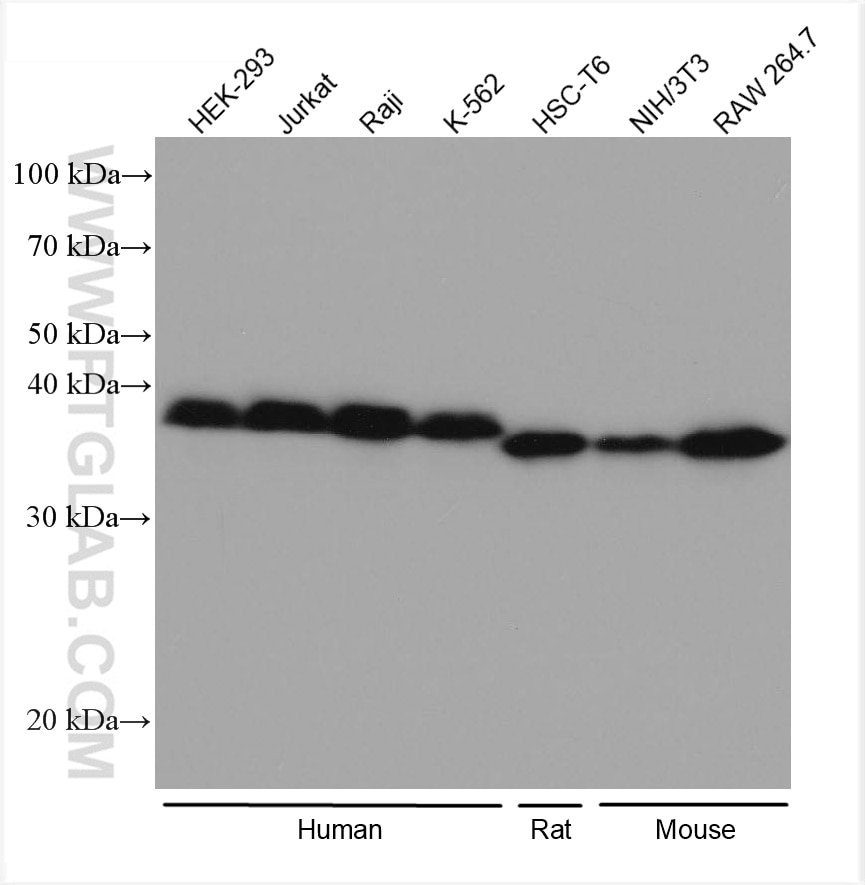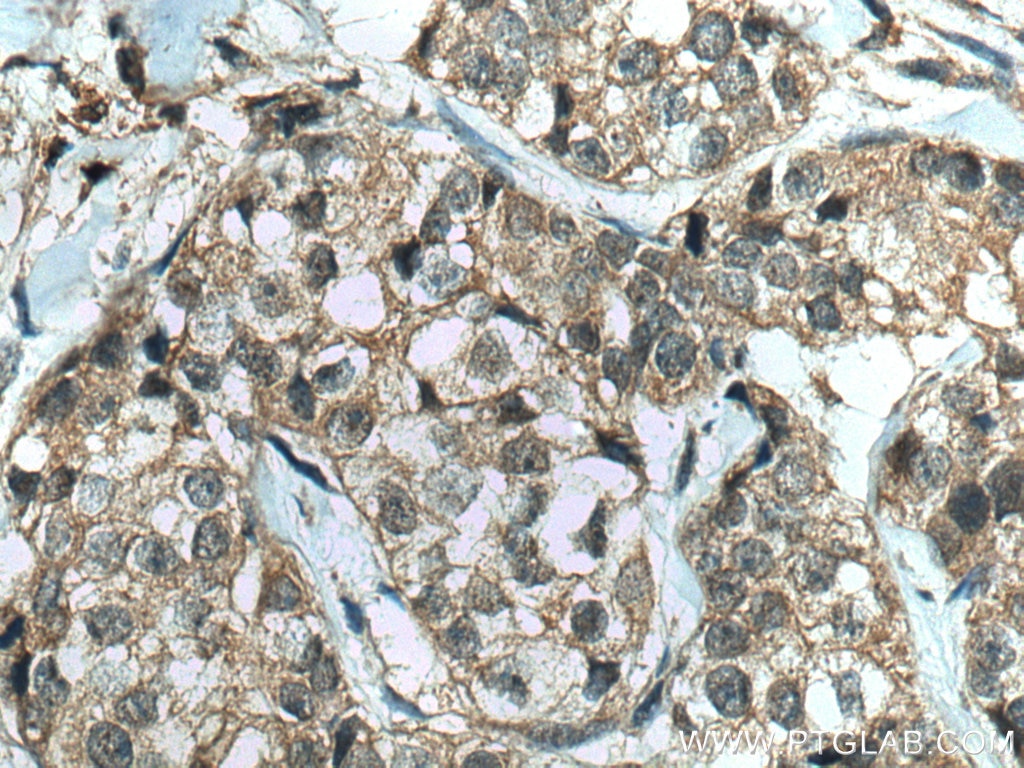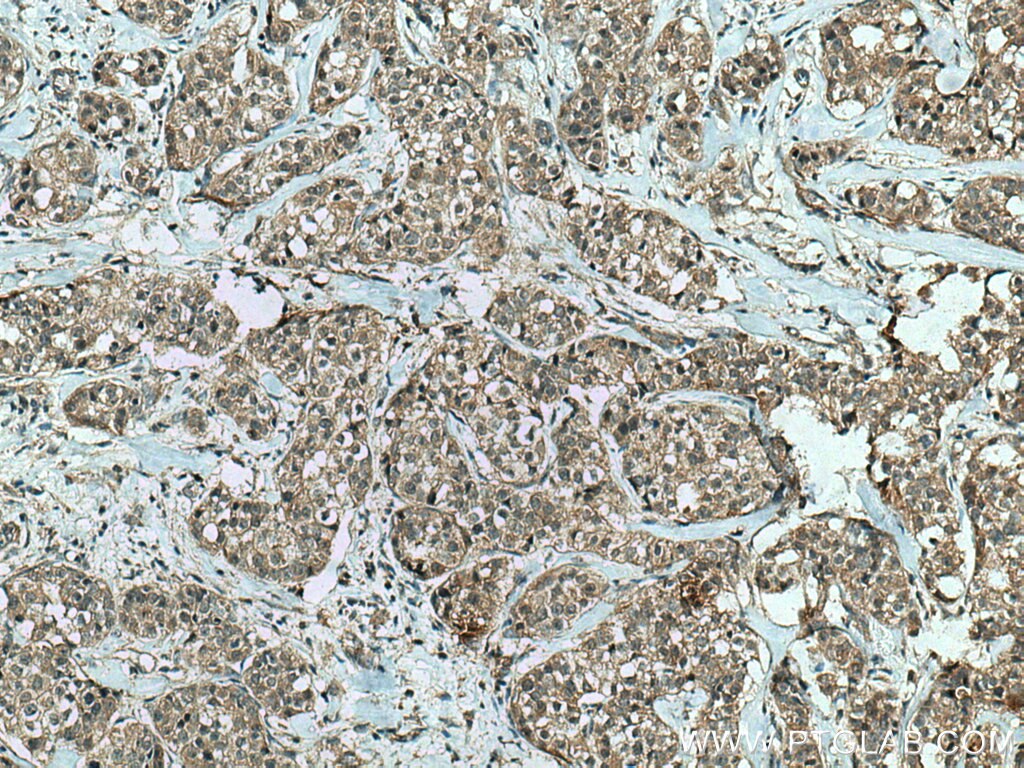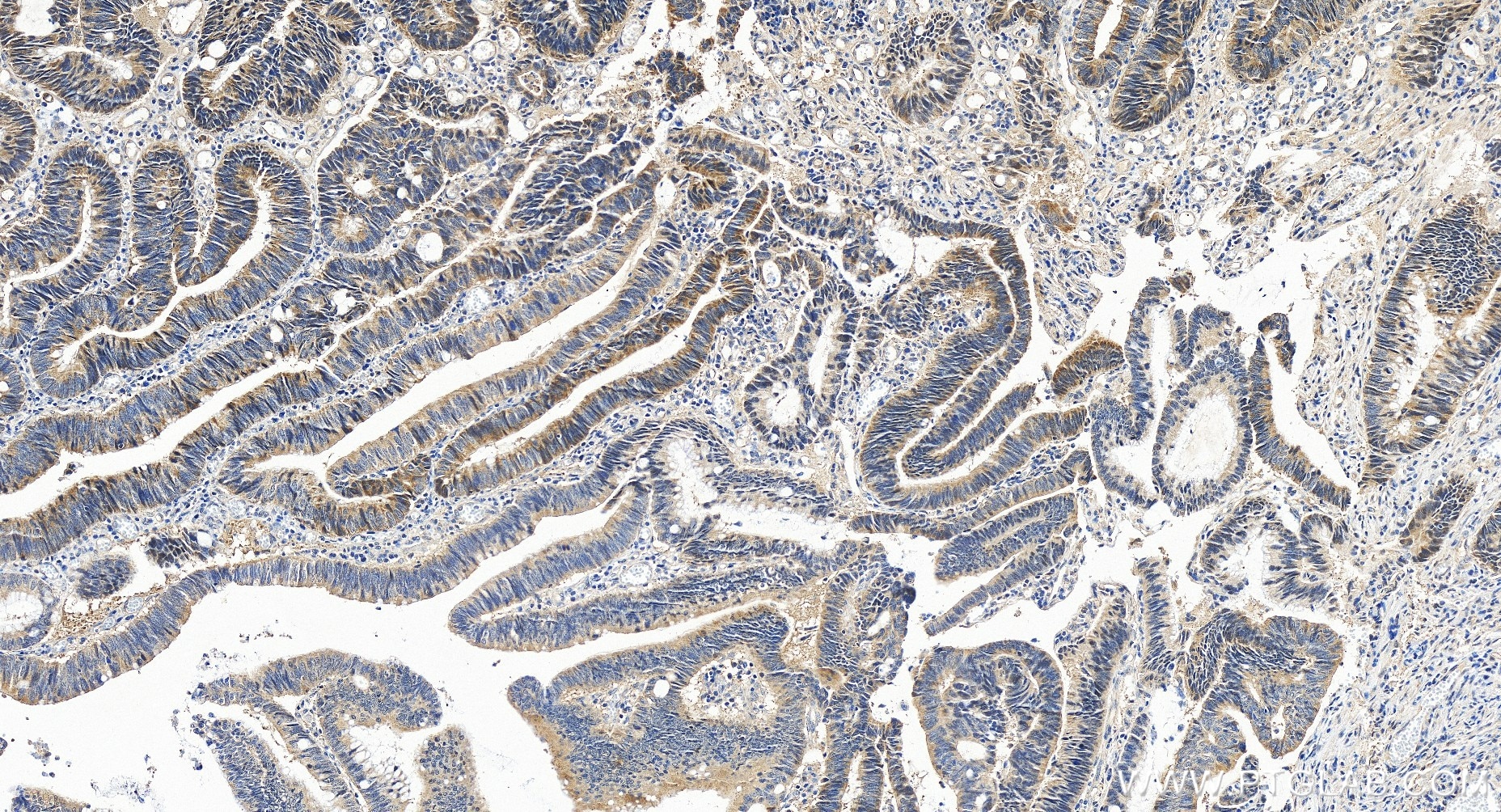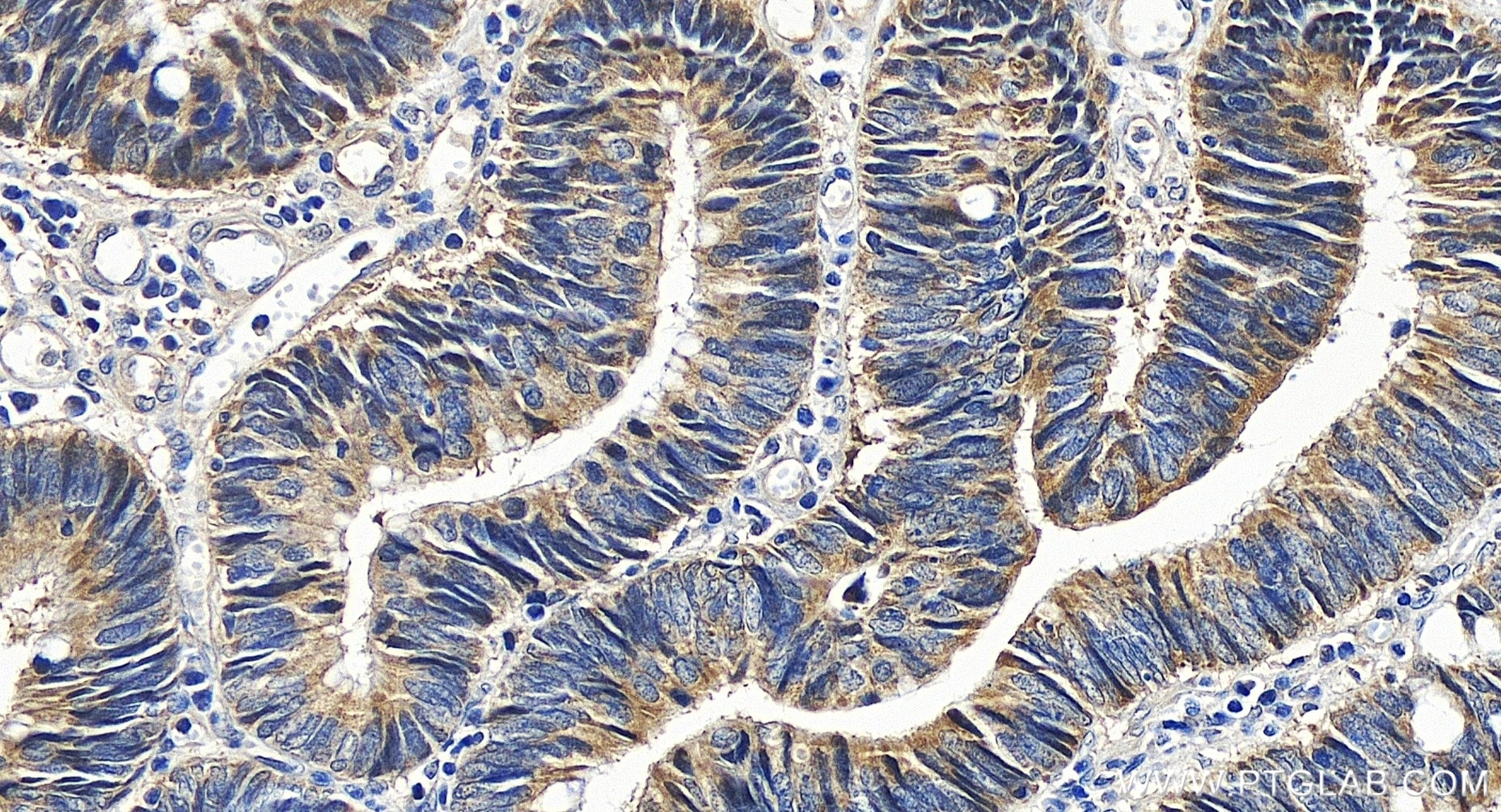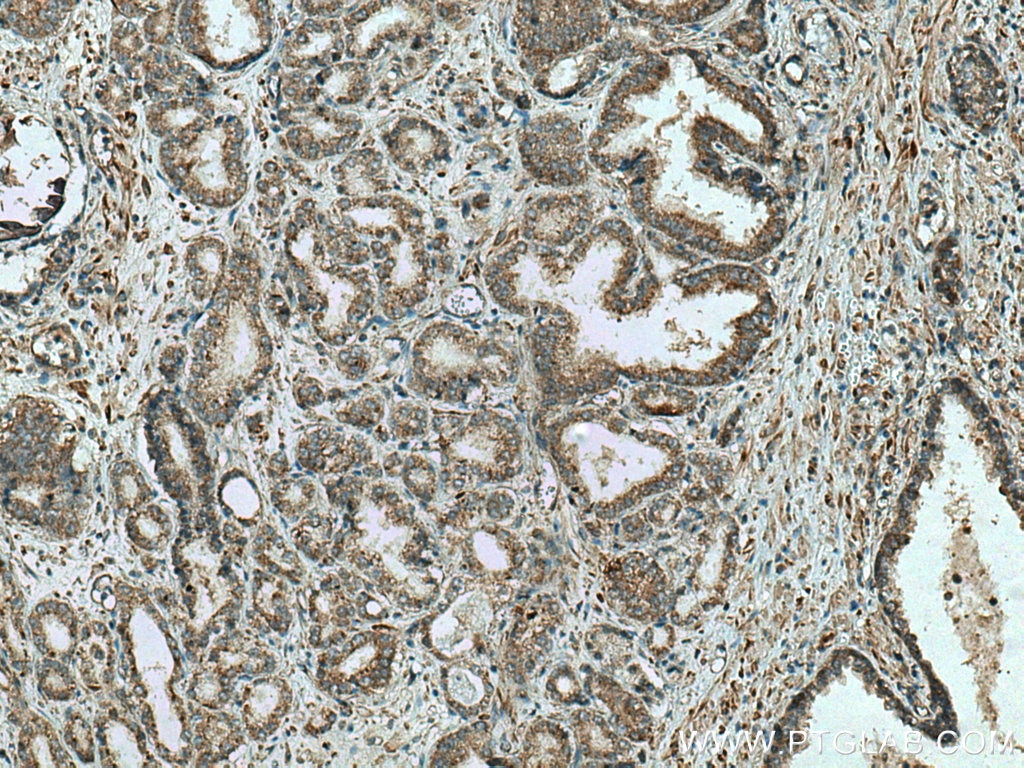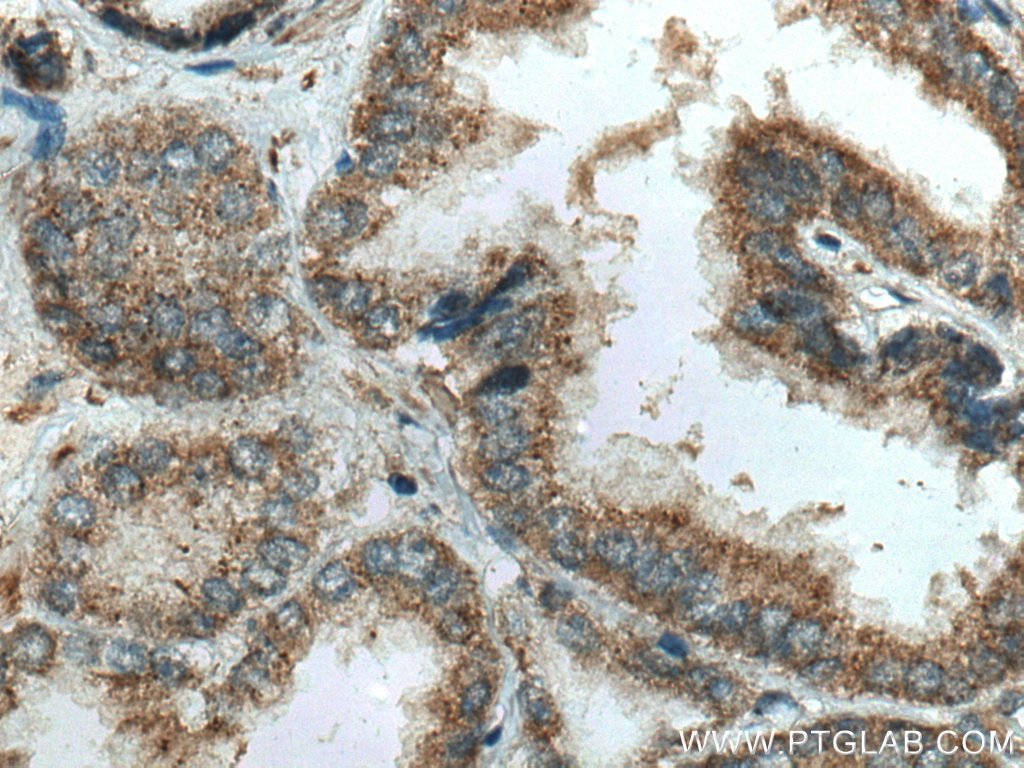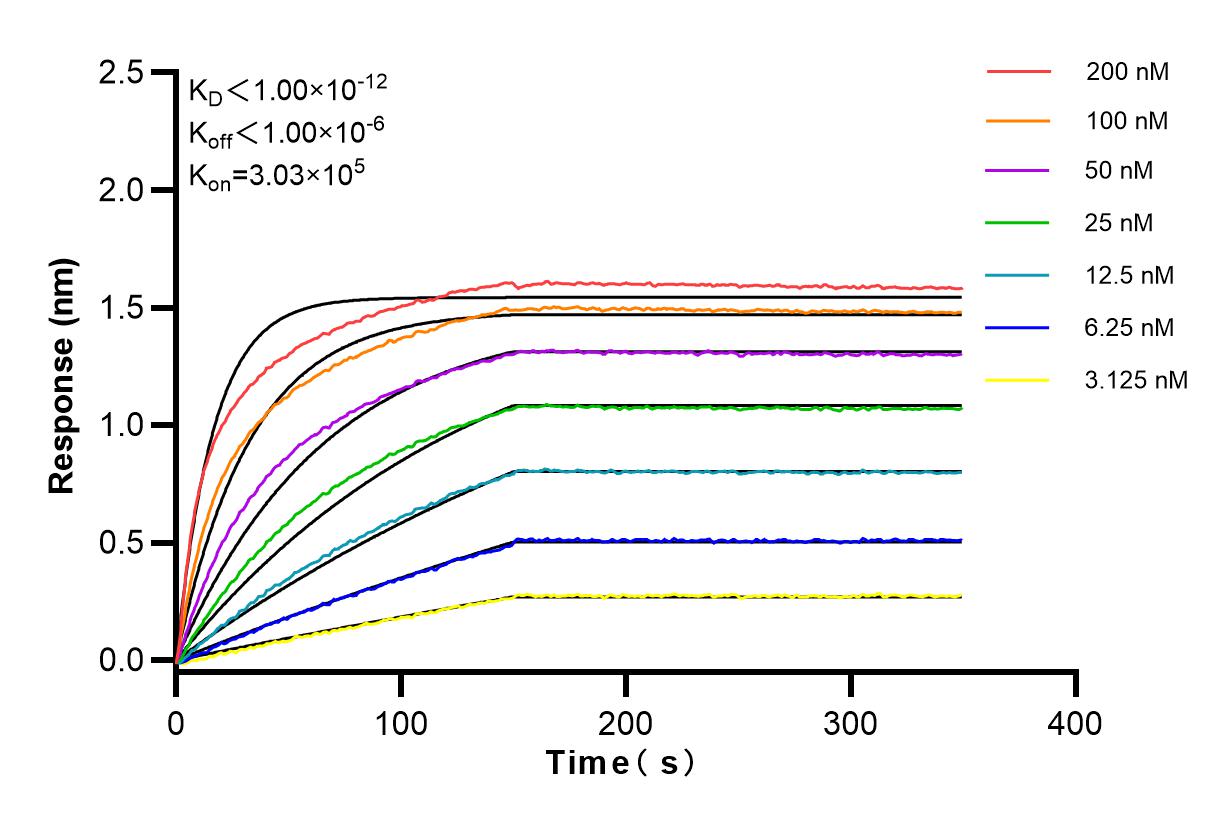Validation Data Gallery
Tested Applications
Recommended dilution
| Application | Dilution |
|---|---|
| It is recommended that this reagent should be titrated in each testing system to obtain optimal results. | |
Product Information
80019-1-PBS targets IkB Alpha in WB, IHC, Indirect ELISA applications and shows reactivity with human, mouse, rat samples.
| Tested Reactivity | human, mouse, rat |
| Host / Isotype | Rabbit / IgG |
| Class | Recombinant |
| Type | Antibody |
| Immunogen |
CatNo: Ag0345 Product name: Recombinant human NFKBIA protein Source: e coli.-derived, PGEX-4T Tag: GST Domain: 19-237 aa of BC002601 Sequence: GLKKERLLDDRHDSGLDSMKDEEYEQMVKELQEIRLEPQEVPRGSEPWKQQLTEDGDSFLHLAIIHEEKALTMEVIRQVKGDLAFLNFQNNLQQTPLHLAVITNQPEIAEALLGAGCDPELRDFRGNTPLHLACEQGCLASVGVLTQSCTTPHLHSILKATNYNGHTCLHLASIHGYLGIVELLVSLGADVNAQEPCNGRTALHLAVDLQNPDLVSLLL 相同性解析による交差性が予測される生物種 |
| Full Name | nuclear factor of kappa light polypeptide gene enhancer in B-cells inhibitor, alpha |
| Calculated molecular weight | 36 kDa |
| Observed molecular weight | 36 kDa and 35 kDa |
| GenBank accession number | BC002601 |
| Gene Symbol | IkB Alpha |
| Gene ID (NCBI) | 4792 |
| RRID | AB_2882942 |
| Conjugate | Unconjugated |
| Form | |
| Form | Liquid |
| Purification Method | Protein A purification |
| UNIPROT ID | P25963 |
| Storage Buffer | PBS only{{ptg:BufferTemp}}7.3 |
| Storage Conditions | Store at -80°C. |
Background Information
Nuclear factor of kappa light polypeptide gene enhancer in B-cells inhibitor, alpha (NFKBIA, synonyms: IKBA, MAD-3, NFKBI). NFKB1 or NFKB2 is bound to REL, RELA , or RELB to form the NFKB complex. The NFKB complex is inhibited by I-kappa-B proteins (NFKBIA or NFKBIB), which inactivate NF-kappa-B by trapping it in the cytoplasm. Phosphorylation of serine residues on the I-kappa-B proteins by kinases (IKBKA, or IKBKB) marks them for destruction via the ubiquitination pathway, thereby allowing activation of the NF-kappa-B complex. Activated NFKB complex translocates into the nucleus and binds DNA at kappa-B-binding motifs such as 5-prime GGGRNNYYCC 3-prime or 5-prime HGGARNYYCC 3-prime. IkB alpha can be observed as a band at 36 kDa in human cell lysates, and 35 kDa in mouse and rat cell ysates.

